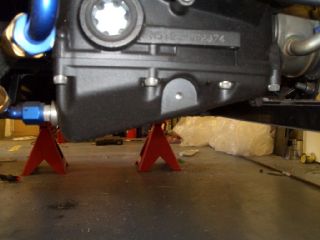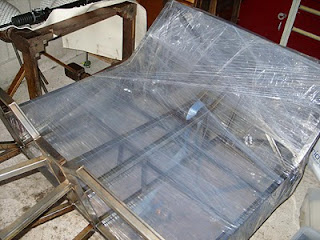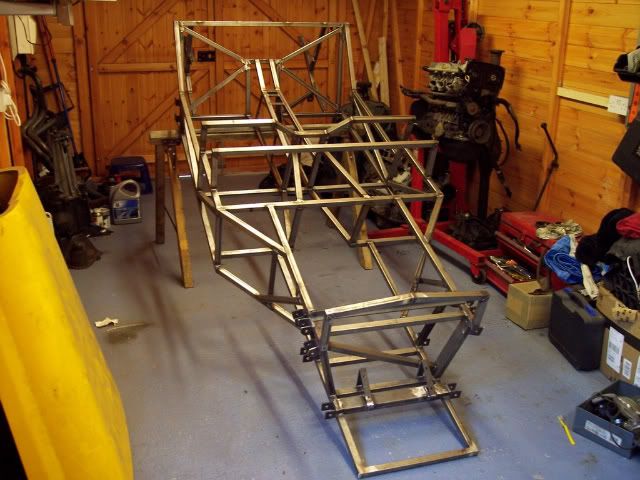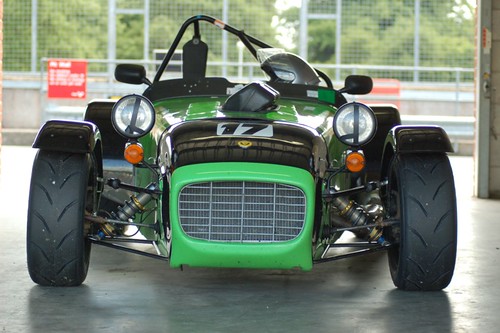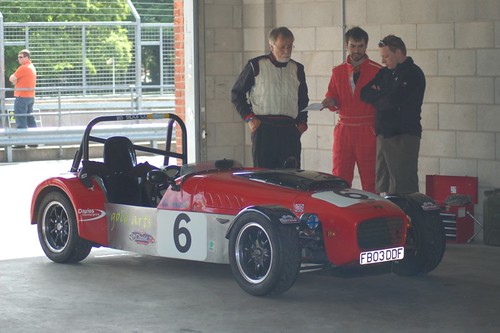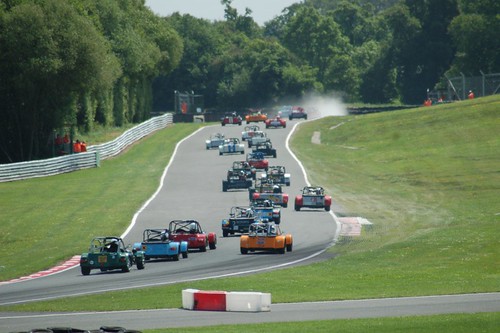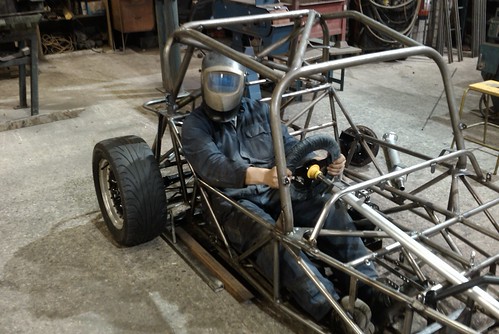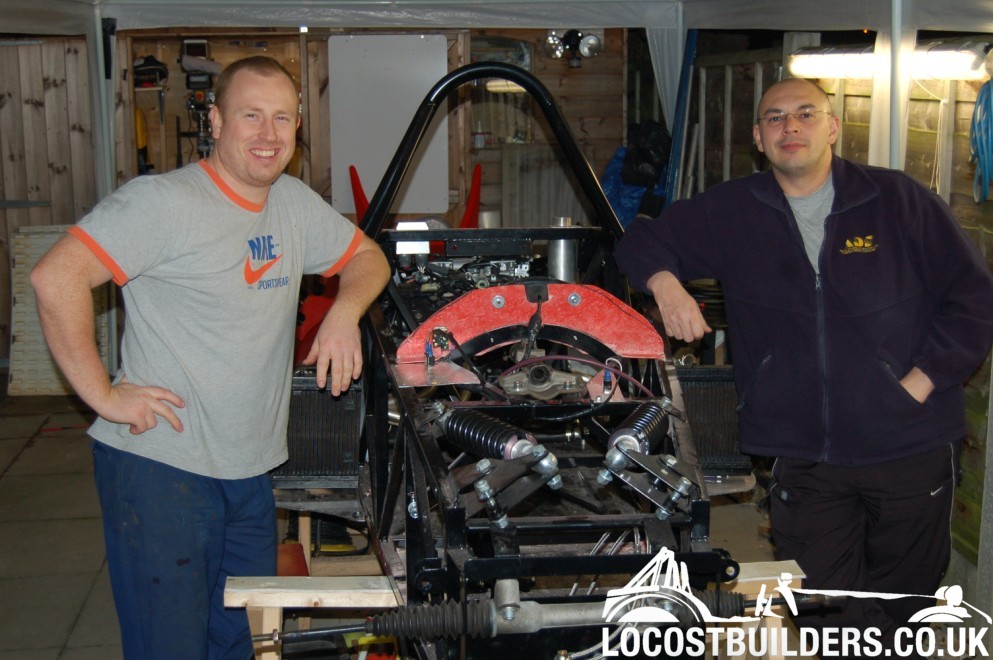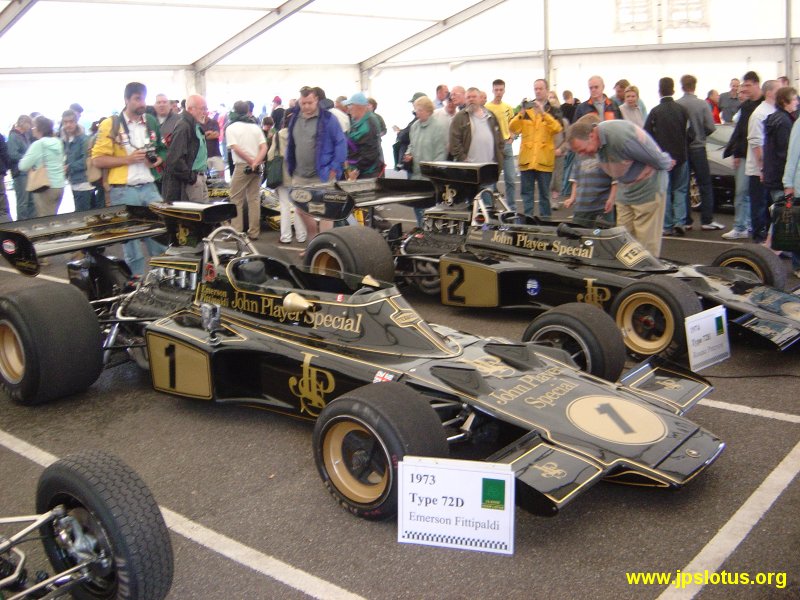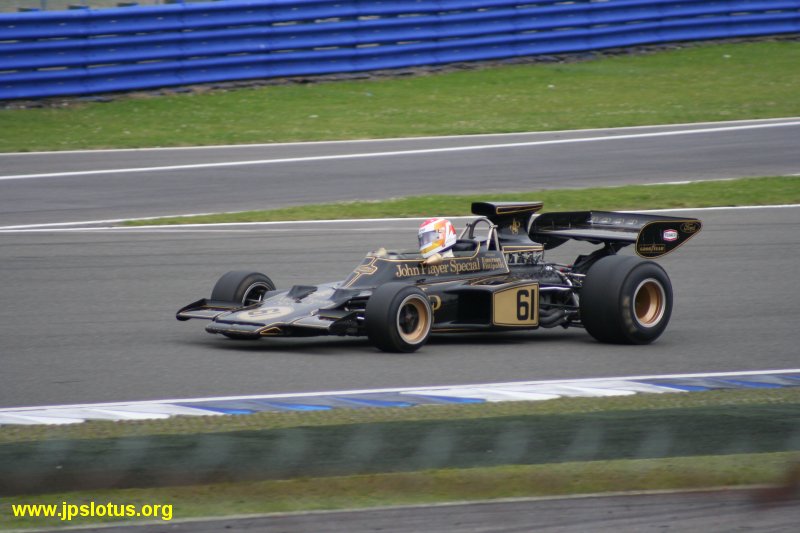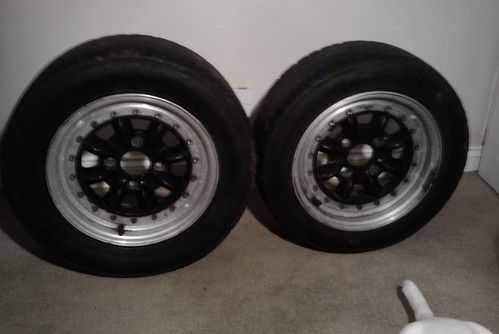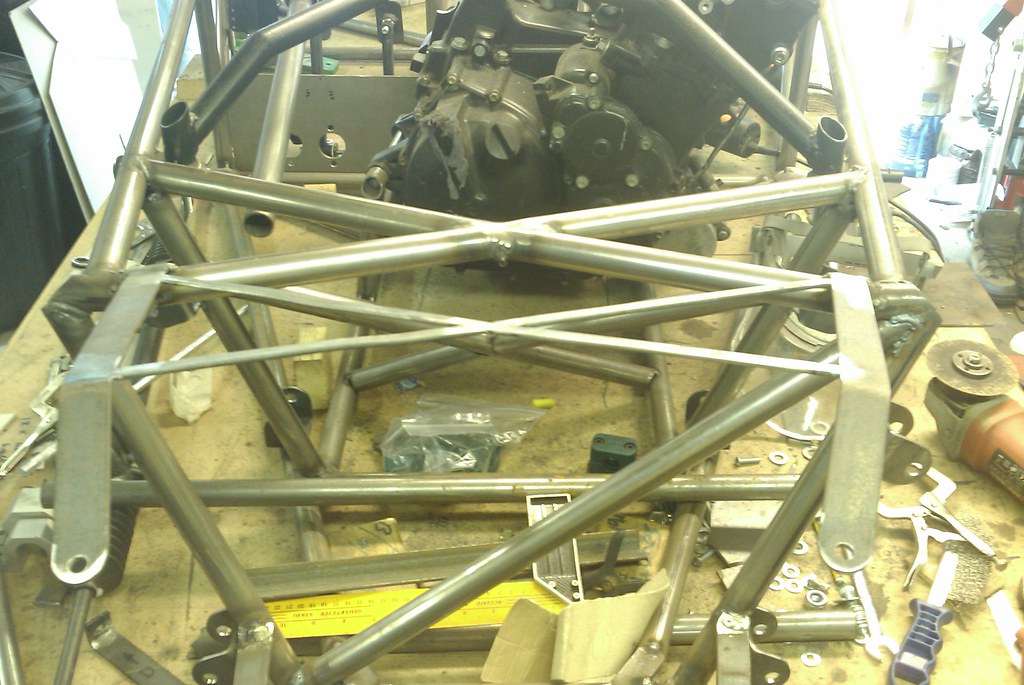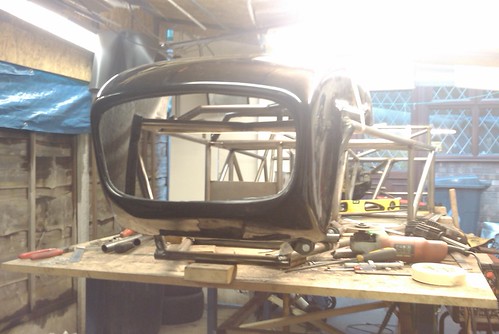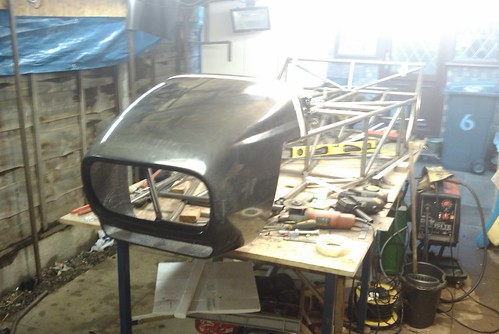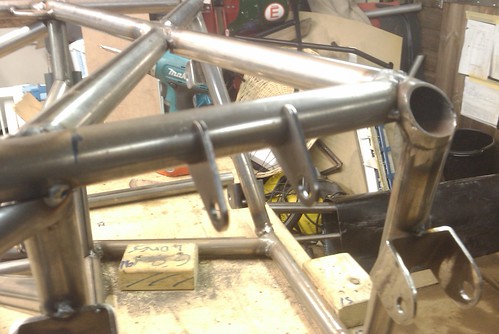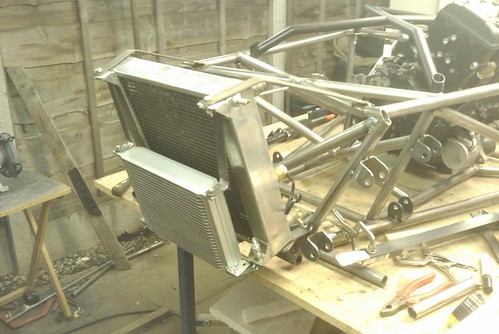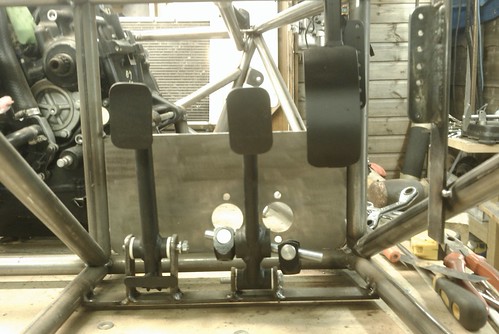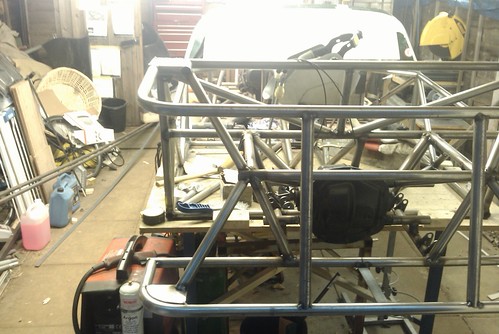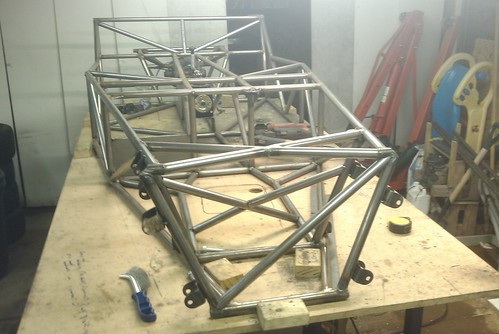So, five kit cars/projects in five years; ridiculous right? I quite agree, so I’ve solved it – by buying another project. What?
Allow me to explain, or at least try. I’ll be honest – I was a bit frustrated that the chassis still needed work. I tried to suppress it but the feeling was too strong. I feel like I should be saying that like James Brown… (Good God!)
Anyhoo, it led me to ask if I was going to be really happy with the car; did I really want another 7ish? Well, the problem is that I’d found my head being turned by all sorts of racers from the 50s and 60s. So, I did the sensible thing (?) and put the chassis and associated parts up for sale on locostbuilders.co.uk and phoned Westfield about their XI kit.
Unfortunately they only wanted to sell me a complete kit for £8.5k. As I still want to race the car in the RGB Championship I’d be throwing half of the stuff away. I thanked them and moved on. I spent a few days thinking about cars I really liked but had never considered building. A Lola replica would be nice, as would a one of the Lotus 15 replicas or even a Jag D-type or XKSS. Unfortunately these are all BIG money and not terribly suitable for a 1000cc bike motor and racing.
Next thought was the Autotune Gemini which uses an exact copy of the
Falcon MkII bodyshell from the late 50s (as used on a relatively famous Elva racecar.) I contacted two people before speaking to the factory. Firstly, the only person I knew of who was building one – a chap called Dave Beddows and secondly Matt Gilmour from Procomp. The car uses a live axle and Cortina uprights, much like a Locost, so I thought Matt might have an opinion.
Dave came back with good reports and then mentioned that his lightweight (18G) chassis was untouched due to family commitments and that if I was interested, he’d sell at a favourable rate.
The reports from Matt were less good – he said something along the lines of “People have tried to race them but I can’t see why.” Another shattered dream; I contacted Dave and said that I wasn’t interested.
Then I thought about it some more. I respect Matt’s view an awful lot. If he says something would need a lot of work to be race-ready, it needs a lot of work to be race-ready as far as I’m concerned. Unfortunately, I’d rather set my heart on the thing. The picture below may go some way to explaining why.
I thought about asking Matt to do the necessary mods. However, I suspected that he would talk me out of it – the sensible option would no-doubt have been one of his LA Golds….
So, I made another call. I’d read about
Track Developments in one of the kit car magazines years ago. They’d been involved in a feature where they analysed a V8 Fisher Fury with dodgy handling traits. They eventually determined that only major changes (moving the pick-up points) would make any real difference. Apparently the owner wasn’t impressed. I liked their honesty.
Anyway, I spoke to Dave Gallop, who boosted my confidence in their abilities, and eventually agreed to deliver the chassis straight to him for analysis and potentially to make some of the necessary physical changes.
This is where the chassis sits now. I’m going to be a little bit limited in terms of what I get done in the short term however as I’ve finally booked for Kate and I to go and see a bit of the world… we fly on the 7th November. Thailand, Cambodia, Vietnam, New Zealand, Fiji and Australia here we come.
TC





